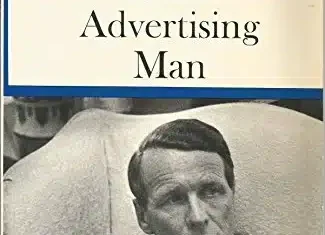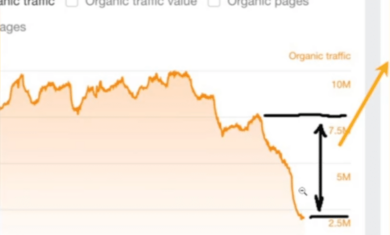Depending on your marketing goals, one approach might be to reach “thought leaders” so that they can spread the word about your product to their audience. It sounds good in theory, but determining who a thought leader is can be nearly impossible.
There are well-known authors and celebrities, for sure, but the people that others trust the most are often hidden from our view.
In his classic book “Ogilvy on Advertising“, David Ogilvy shares this insight:
“Many corporations have told me that they need only reach ‘thought-leaders’ – the people who influence other people. This sounds sensible, and not too expensive. The problem is that nobody really knows who the thought-leaders are. Bishops? Bartenders? Political busybodies? Garrulous taxi-drivers? Thought-leaders are spread throughout the population.”
I see this a lot on social media. While it’s generally wise for companies to be active on social media and stay in the minds of their potential customers, the greatest value in social media is in areas that are hidden from those companies.
When my wife is trying to find a plumber to solve an issue at our house, she’ll likely Google for some, but she’ll also pose the questions to her friends on Facebook. The responses from those people outweigh any other areas where she might come across potential solutions. In this case, her friends are the thought leaders that matter.
If you can get a well-known thought leader to speak highly of your product, that’s fantastic, but remember that there are thousands (millions?) of smaller thought leaders that will have a much bigger impact on decisions being made.
You’ll have no good way to directly shape their decisions, other than to be a company worth recommending. It’s similar to what I shared last month with the idea of “If you want to be seen as a trustworthy company, then be a trustworthy company”, and then hopefully the thought leaders will see you that way too.




